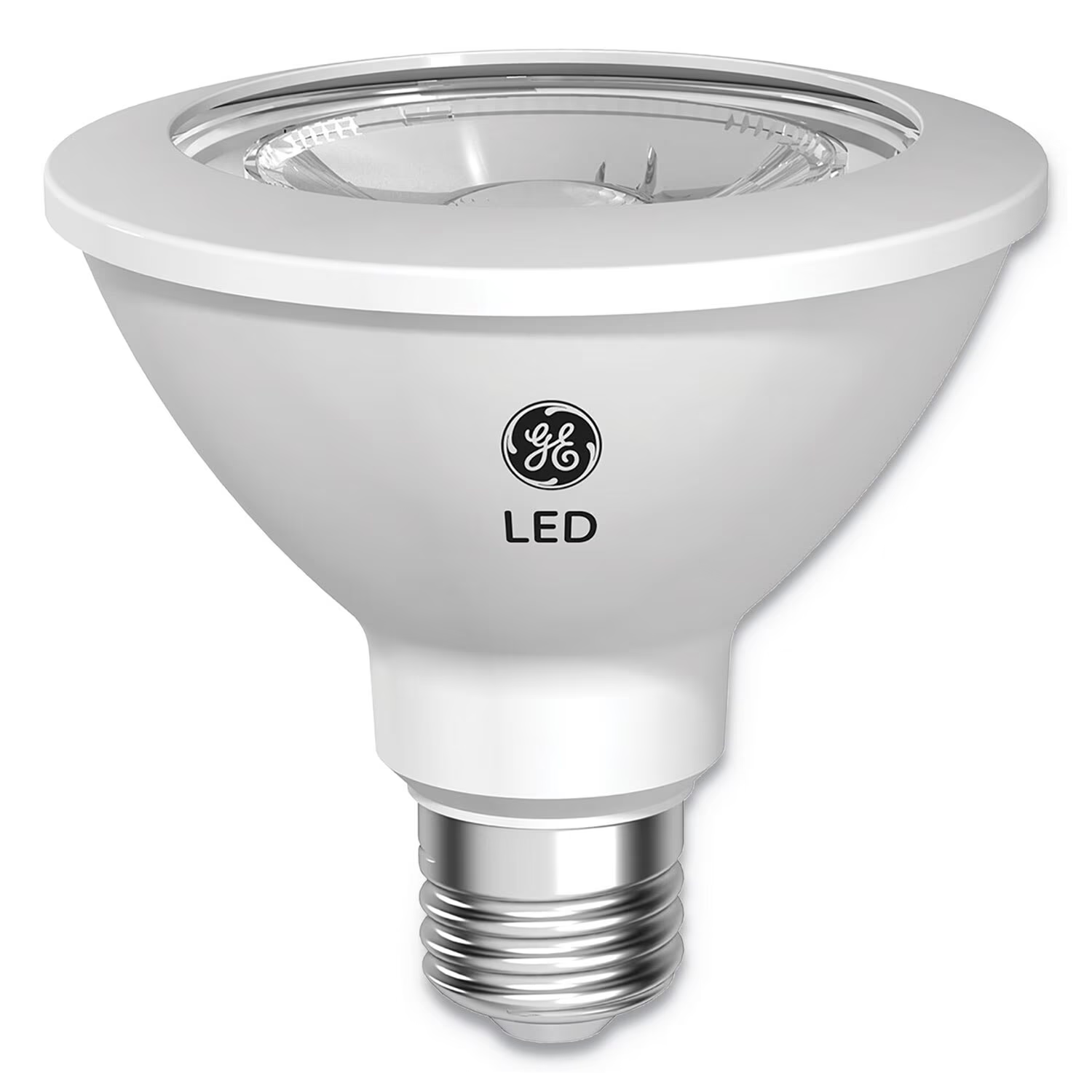

Articles
How To Tell If An LED Bulb Is Dimmable
Modified: August 20, 2024
Learn how to determine if an LED bulb is dimmable with our informative articles. Discover the best practices for choosing and using dimmable LED bulbs.
(Many of the links in this article redirect to a specific reviewed product. Your purchase of these products through affiliate links helps to generate commission for Storables.com, at no extra cost. Learn more)
Introduction
LED bulbs have become increasingly popular in recent years due to their energy efficiency and long lifespan. They offer a cost-effective and environmentally-friendly alternative to traditional incandescent bulbs. However, not all LED bulbs are compatible with dimmer switches, which allow users to adjust the brightness of the lights in a room. If you want to create a cozy and ambient atmosphere, it’s essential to choose dimmable LED bulbs.
In this article, we will guide you on how to tell if an LED bulb is dimmable. We’ll cover the factors to consider and the steps to follow to determine if a specific LED bulb can be used with a dimmer switch. So, let’s dive in and shed some light on this topic.
Key Takeaways:
- Choose dimmable LED bulbs by checking packaging, consulting manufacturer’s instructions, and testing with a dimmer switch to create the perfect ambiance and avoid compatibility issues.
- Observing smooth dimming, no flickering, and consistent color temperature helps determine if an LED bulb is dimmable, ensuring a personalized and comfortable lighting experience.
Read also: 10 Best LED Bulb Dimmable for 2025
Understanding Dimmable LED Bulbs
Dimming refers to the ability to adjust the brightness levels of a light source. In the case of LED bulbs, dimmable options have a built-in feature that allows them to work with dimmer switches. This feature enables the user to control the light output and create the desired ambiance in a room.
It’s important to note that not all LED bulbs are dimmable. Non-dimmable LED bulbs are designed to work at full brightness and are not compatible with dimmer switches. Using a non-dimmable LED bulb with a dimmer switch can result in flickering, reduced lifespan, or even damage to the bulb.
On the other hand, dimmable LED bulbs are specially designed to be used with dimmer switches. They are equipped with a driver circuit that allows for smooth dimming capabilities. Dimmable LED bulbs have built-in components that can adjust the light output without any flickering or performance issues.
It’s essential to understand the difference between dimmable and non-dimmable LED bulbs before purchasing them. Choosing the right type of bulb for your dimming needs will ensure optimal performance and longevity.
Factors to Consider
When determining whether an LED bulb is dimmable or not, there are several factors to consider:
- Bulb Type: Not all LED bulb types are dimmable. Some common bulb types include A19, BR30, PAR38, and MR16. Check the manufacturer’s specifications or packaging to see if the specific bulb type is dimmable.
- Dimmer Switch Compatibility: Dimmable LED bulbs require a compatible dimmer switch to function properly. It is important to ensure that your dimmer switch is specifically designed for use with LED bulbs. Consult the manufacturer’s instructions or check the label on the dimmer switch to verify compatibility.
- Wattage: Dimmable LED bulbs often have a minimum and maximum wattage range specified. Make sure the wattage of the bulb falls within the compatible range for your dimmer switch.
- Color Temperature: LED bulbs come in various color temperatures, ranging from warm white to cool white. Dimmable LED bulbs should maintain their color quality and consistency throughout the dimming range.
- Number of Bulbs: If you plan to use multiple dimmable LED bulbs in the same room, ensure that they are compatible with each other and the dimmer switch. Incompatibility can lead to inconsistent dimming or flickering.
- LED Driver: Dimmable LED bulbs are equipped with a driver circuit that allows for smooth dimming. Check the bulb specifications or packaging for information regarding the built-in driver and its compatibility with dimmers.
By considering these factors, you can make an informed decision when purchasing dimmable LED bulbs and ensure compatibility with your existing dimmer switch.
Checking the Packaging or Label
One of the easiest ways to determine if an LED bulb is dimmable is by checking the packaging or label. Manufacturers often indicate whether a bulb is dimmable on the packaging or in the product description.
Look for keywords such as “dimmable,” “compatible with dimmer switches,” or a dimming symbol. This symbol typically consists of a lightbulb with a curved line, indicating the adjustable brightness feature. The packaging may also mention the specific dimming range or compatible dimmer switches.
If you are purchasing LED bulbs online, make sure to read the product description carefully. Look for information regarding dimmability and any specific requirements for dimmer switch compatibility.
Checking the packaging or label is a quick and convenient way to determine if an LED bulb is dimmable or not, saving you time and effort in the decision-making process.
Consulting the Manufacturer’s Instructions
Another reliable source of information about whether an LED bulb is dimmable is the manufacturer’s instructions or documentation. This can be in the form of a user manual, product guide, or online resource provided by the manufacturer.
Consulting the manufacturer’s instructions is important because they provide specific details and recommendations regarding the dimmability of the LED bulb. They may also include a list of compatible dimmer switches or provide guidance on installation and usage.
When you purchase an LED bulb, take the time to carefully read through the manufacturer’s instructions. Look for any information related to dimming capabilities, compatibility, and any specific instructions for using the bulb with a dimmer switch.
In some cases, the manufacturer’s instructions may be available on their website. Visit the manufacturer’s website and look for the product’s support or documentation section. Here, you can typically find detailed information about the dimming capabilities of the LED bulb.
By consulting the manufacturer’s instructions, you can obtain accurate and reliable information regarding the dimmability of the LED bulb and ensure that you are using it according to the manufacturer’s recommendations.
Look for the “dimmable” label on the LED bulb packaging or check the manufacturer’s specifications. Not all LED bulbs are dimmable, so it’s important to confirm before using them with a dimmer switch.
Read more: How To Tell If An LED Bulb Is Blown
Reading the Bulb Specifications
When determining if an LED bulb is dimmable, it’s important to read the bulb specifications provided by the manufacturer. These specifications can usually be found on the packaging, product description, or on the manufacturer’s website.
Look for specific details related to dimmability. The manufacturer may indicate whether the bulb is dimmable or not, along with any specific requirements or recommendations for dimmer switch compatibility.
In addition to dimmability, pay attention to other specifications that may impact the performance and compatibility of the LED bulb. These specifications can include wattage, voltage, color temperature, and the type of LED driver circuit used.
The wattage range of the bulb is particularly important to ensure it falls within the compatible range for your dimmer switch. Using a bulb with wattage outside of the recommended range can lead to flickering, reduced lifespan, or even damage to the bulb.
Color temperature is another critical factor to consider. Dimmable LED bulbs should maintain their color quality and consistency throughout the dimming range. Look for information on the color temperature range and verify that it meets your desired lighting preferences.
Lastly, some LED bulbs may come with specific information regarding recommended dimmer switches or systems that are known to work well with the bulb. This information can help you make an informed decision when selecting a dimmer switch.
By carefully reading and understanding the bulb specifications, you can ensure that the LED bulb you choose is compatible with your dimmer switch and meets your desired lighting needs.
Testing with a Dimmer Switch
If you want to be absolutely certain whether an LED bulb is dimmable or not, you can perform a simple test using a dimmer switch. This method allows you to observe the behavior of the bulb when connected to the dimmer switch and determine if it can be dimmed.
Here’s how you can test an LED bulb with a dimmer switch:
- Ensure that the dimmer switch is compatible with LED bulbs. Refer to the manufacturer’s instructions or the label on the dimmer switch to verify compatibility.
- Install the LED bulb in a lamp or fixture.
- Connect the lamp or fixture to the dimmer switch.
- Turn on the dimmer switch and gradually adjust the brightness level.
- Observe how the LED bulb responds to the adjustment. If the bulb smoothly dims or brightens without flickering, it is likely dimmable. If there is flickering, buzzing, or the bulb does not respond to the dimmer switch, it may not be dimmable.
During the test, it’s important to pay attention to the bulb’s behavior at various brightness levels. Some non-dimmable LED bulbs may partially dim or flicker at lower dimming levels, but they are not designed for sustained dimming and can experience performance issues.
It’s worth mentioning that not all LED bulbs are compatible with every dimmer switch. Some LED bulbs may require a specific type of dimmer switch, such as a leading-edge or trailing-edge dimmer. Consulting the bulb specifications or manufacturer’s instructions can help determine the compatibility of the bulb with different types of dimmer switches.
By testing an LED bulb with a dimmer switch, you can directly observe its dimming capabilities and determine if it is dimmable or not.
Observing the Bulb Behavior
Another way to determine if an LED bulb is dimmable is by observing its behavior when connected to a dimmer switch. This method involves noticing how the bulb responds to dimming and whether it exhibits any performance issues.
Here are some key factors to consider when observing the bulb’s behavior:
- Smooth Dimming: A dimmable LED bulb should smoothly transition from full brightness to lower levels of brightness without any sudden jumps or increments.
- No Flickering: Flickering is a common issue with non-dimmable LED bulbs when used with a dimmer switch. Dimmable bulbs, on the other hand, should not flicker or produce any strobe-like effects during dimming.
- No Buzzing or Humming: Non-dimmable LED bulbs may emit buzzing or humming noises when used with a dimmer switch. Dimmable LED bulbs should not produce any such sounds, ensuring a quiet and comfortable lighting experience.
- Consistent Color Temperature: Dimmable LED bulbs should maintain their color temperature throughout the dimming range. There should be no noticeable shifts in color or hue when adjusting the brightness levels.
- Performance at Lower Levels: Some LED bulbs may exhibit issues when dimmed to lower levels, such as flickering, uneven brightness, or reduced light output. Observing the bulb’s behavior at lower dimming levels can help identify any performance issues.
By carefully observing the bulb’s behavior and considering these factors, you can assess whether it is dimmable or not. If the bulb exhibits smooth dimming, no flickering or buzzing, and maintains consistent color quality, it is likely a dimmable LED bulb.
If you notice any performance issues or inconsistencies during the observation, it may indicate that the bulb is not dimmable or is incompatible with the dimmer switch being used. In such cases, it is advisable to choose a different dimmable LED bulb that is specifically designed for use with dimmer switches.
Conclusion
Determining whether an LED bulb is dimmable or not is crucial for creating the desired ambiance in your space. While not all LED bulbs are compatible with dimmer switches, there are several methods to determine dimmability.
Start by checking the packaging or label for keywords such as “dimmable” or a dimming symbol. Consult the manufacturer’s instructions or documentation for specific details and recommendations regarding dimmability.
Reading the bulb specifications can provide valuable information on dimming capabilities, wattage compatibility, color temperature, and driver circuitry. Always ensure the bulb falls within the compatible wattage range of your dimmer switch.
If you want to be certain, test the LED bulb with a dimmer switch. Observe the bulb’s behavior during dimming, looking for smooth dimming, absence of flickering or buzzing, and consistent color temperature.
In the end, selecting a dimmable LED bulb that is compatible with your dimmer switch will allow you to personalize your lighting experience, adjust the brightness levels, and create the perfect ambiance in your space.
Remember to always follow the manufacturer’s recommendations and guidelines to ensure optimal performance and compatibility. By doing so, you can enjoy the benefits of energy-efficient LED lighting with the added flexibility of dimming.
Frequently Asked Questions about How To Tell If An LED Bulb Is Dimmable
Was this page helpful?
At Storables.com, we guarantee accurate and reliable information. Our content, validated by Expert Board Contributors, is crafted following stringent Editorial Policies. We're committed to providing you with well-researched, expert-backed insights for all your informational needs.
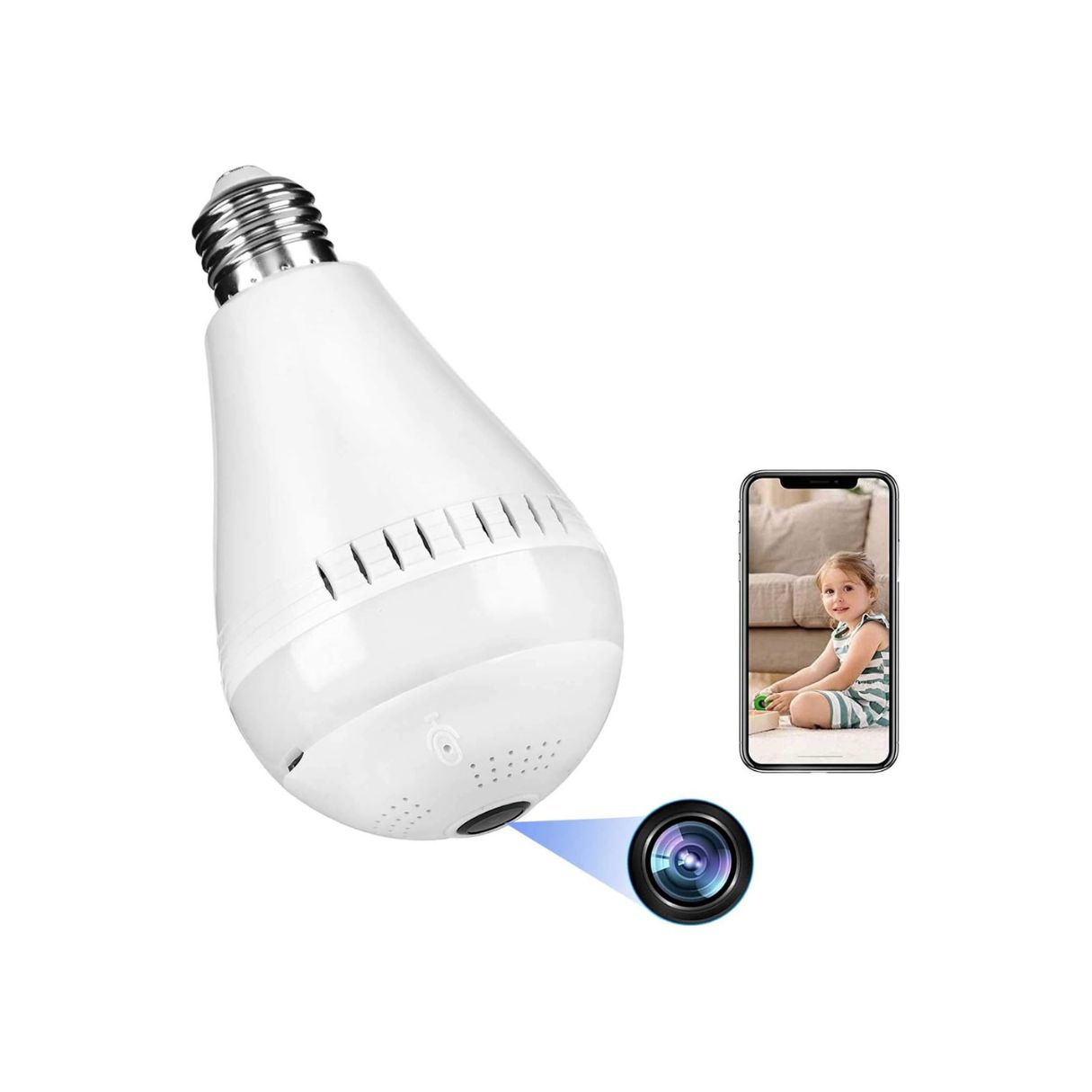
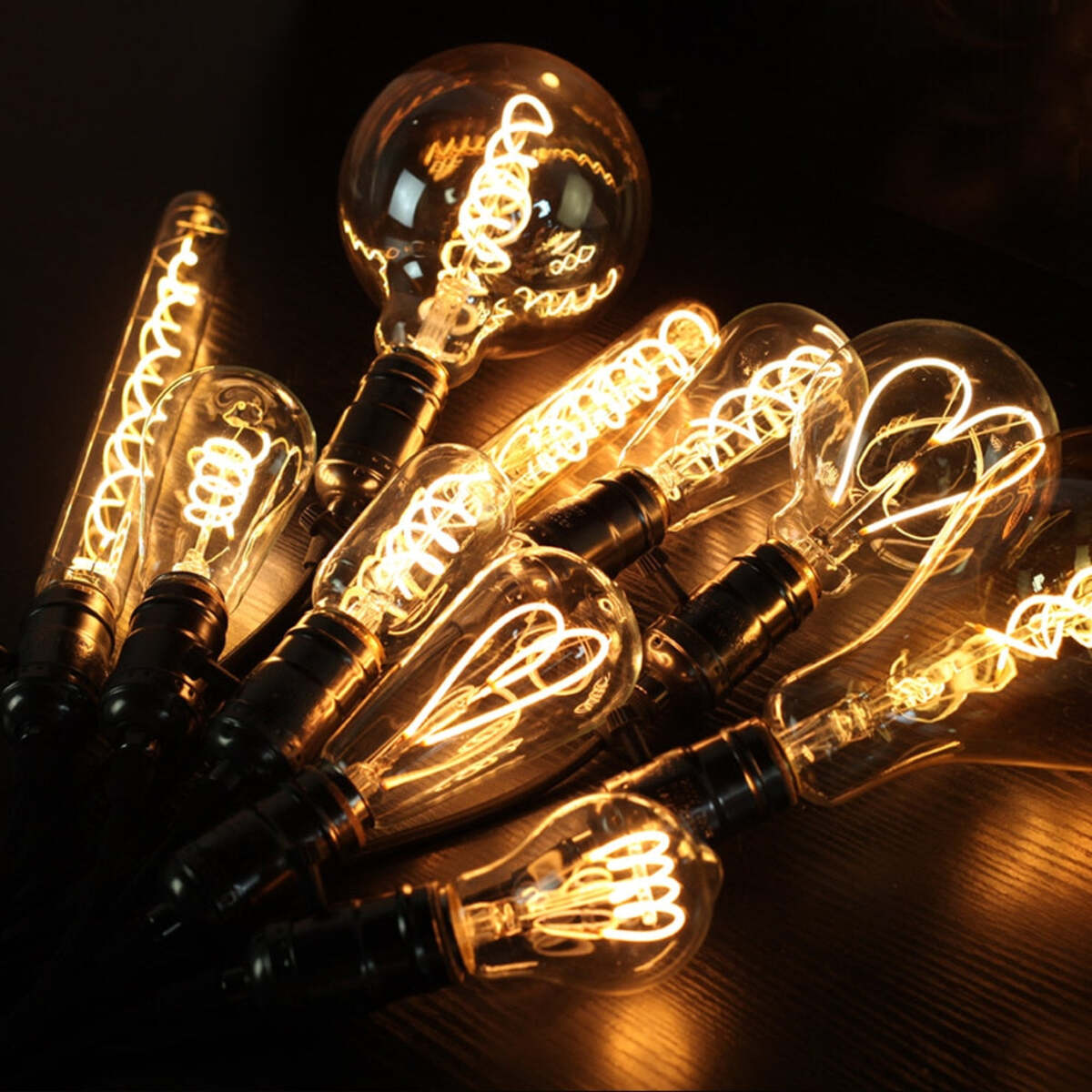
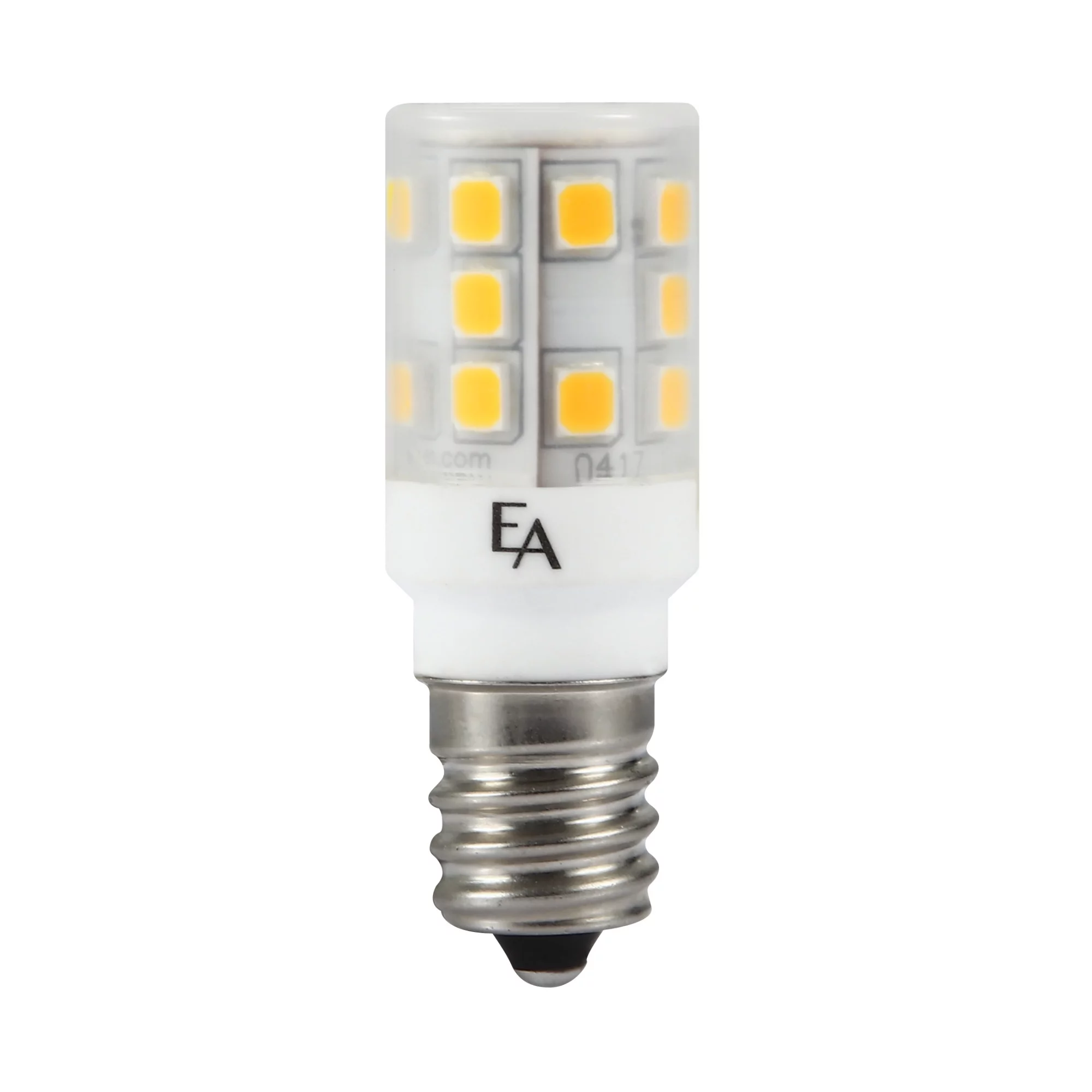
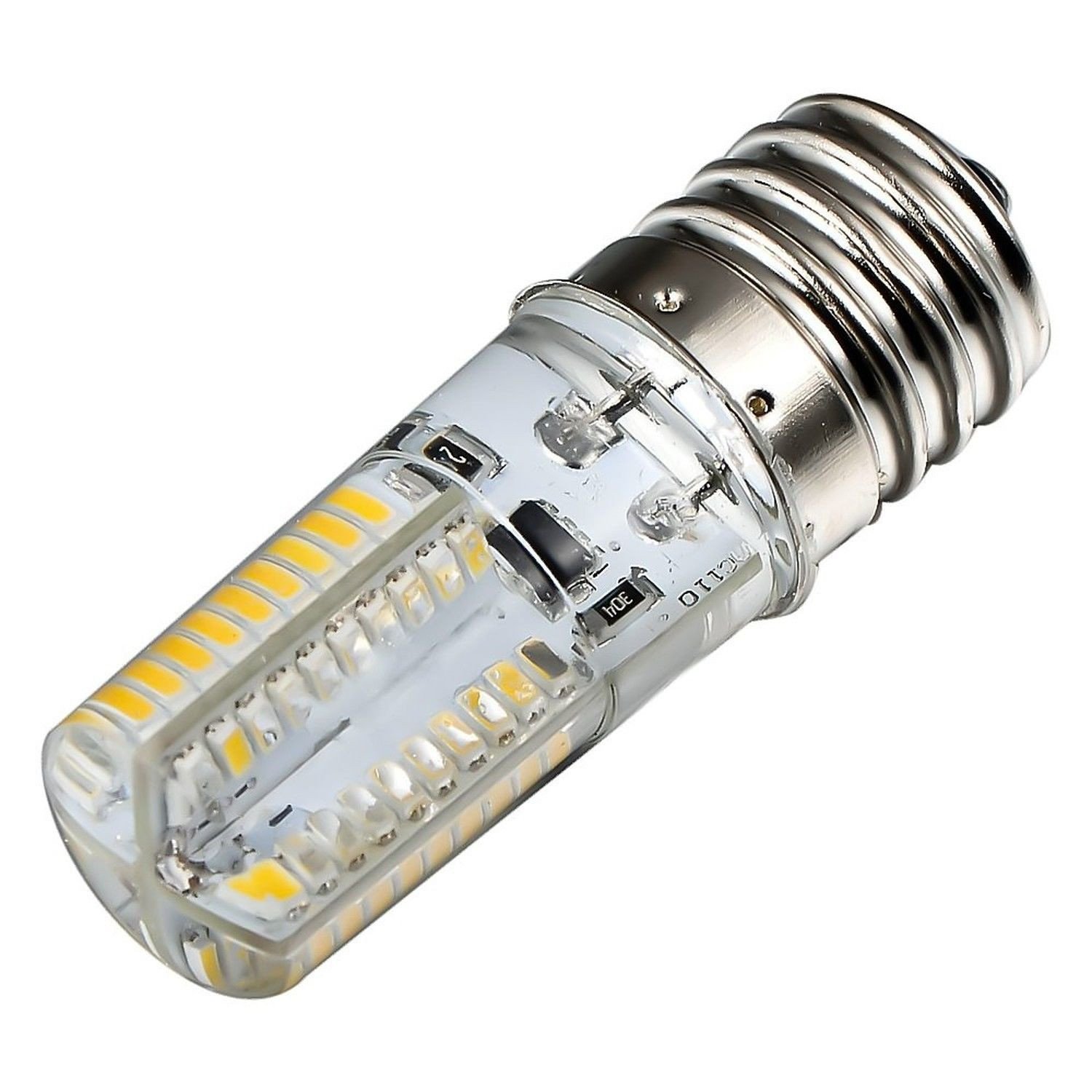
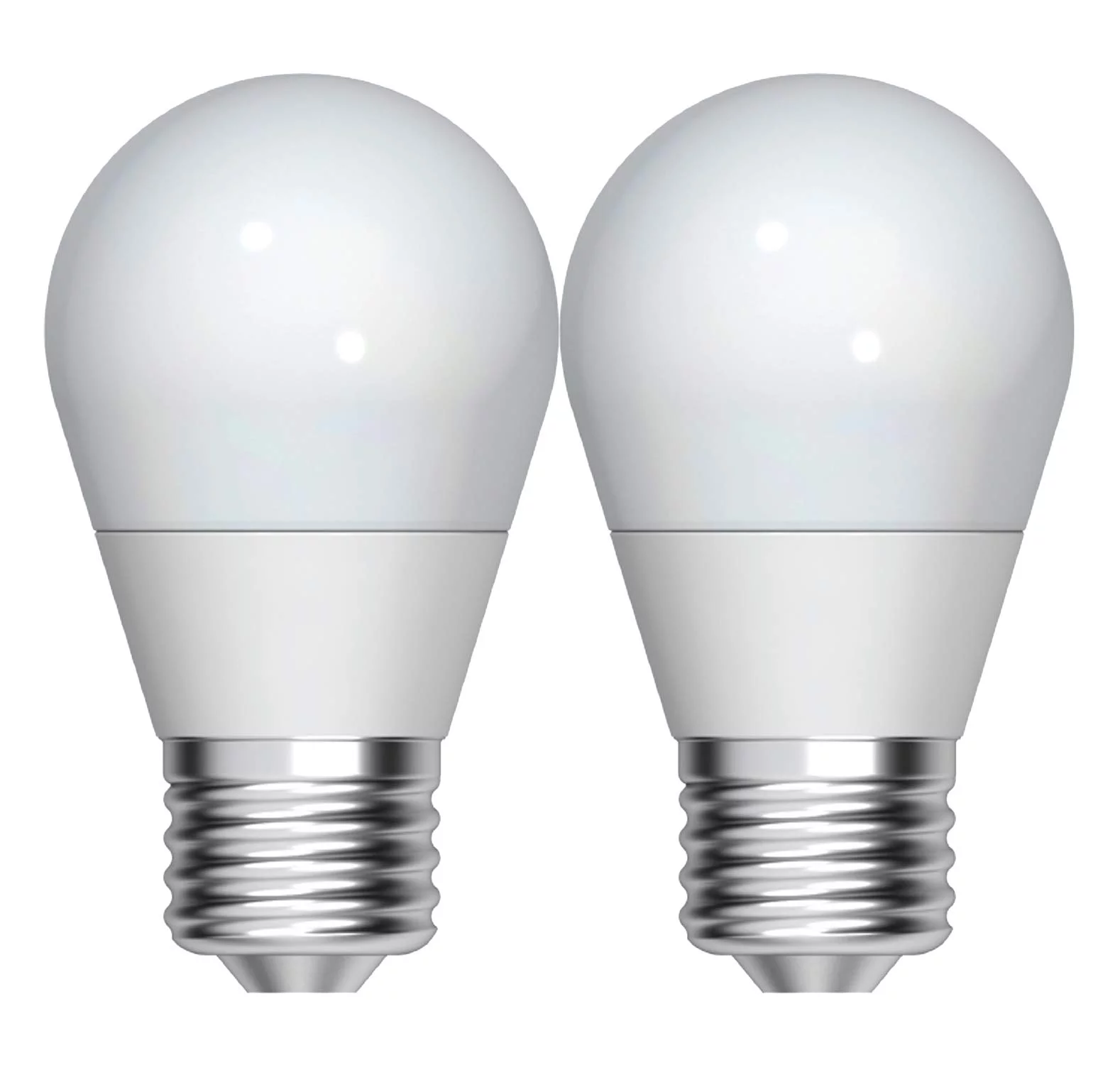
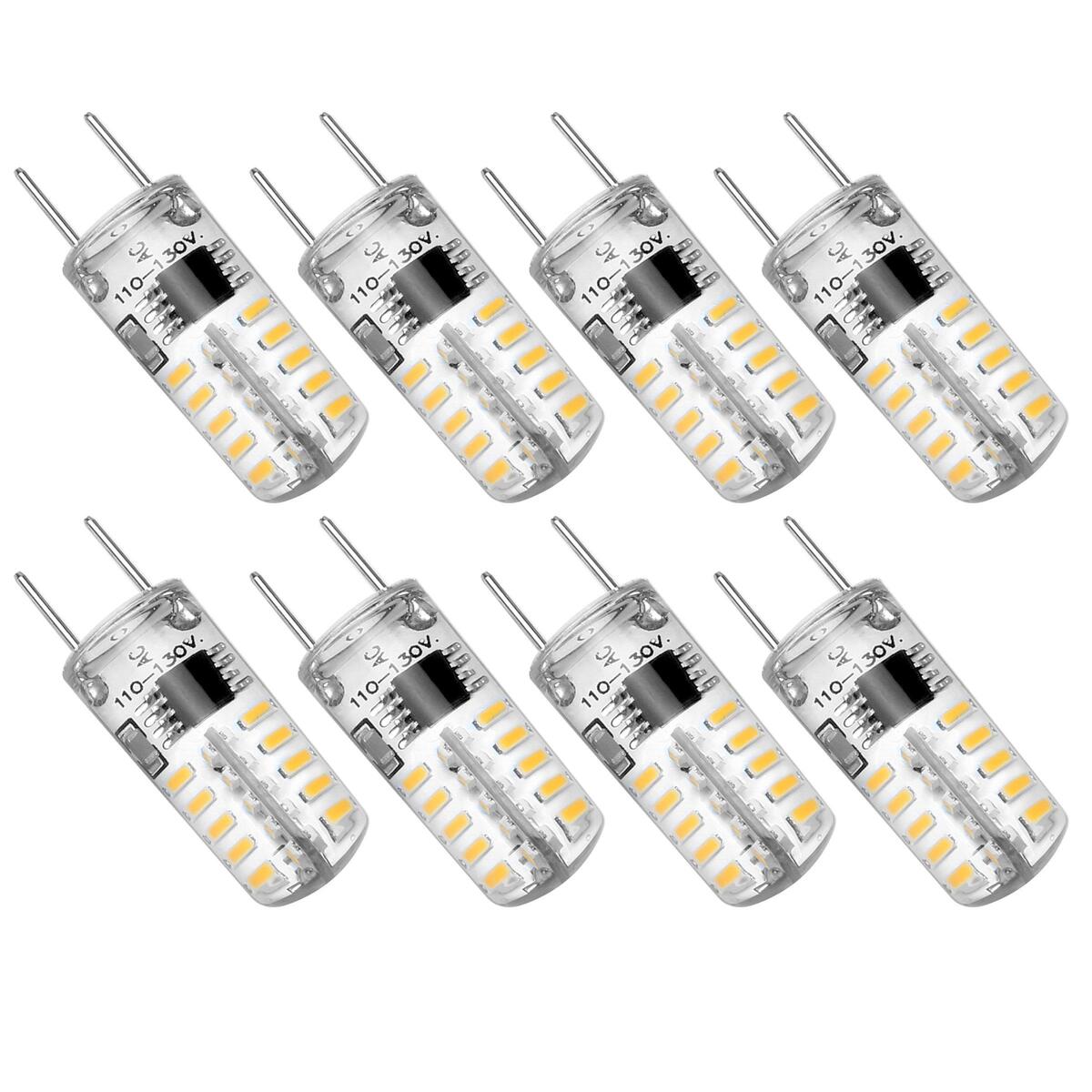
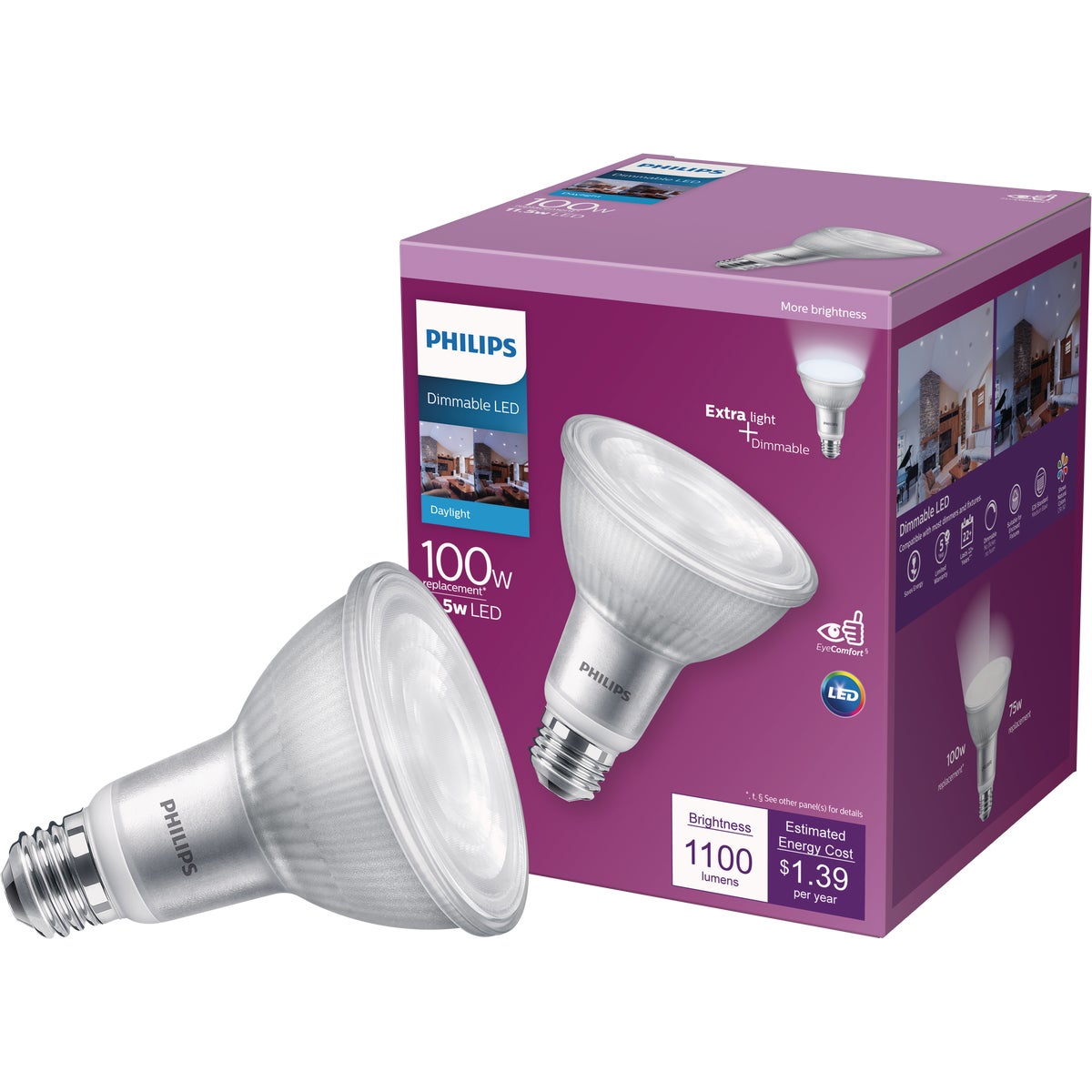
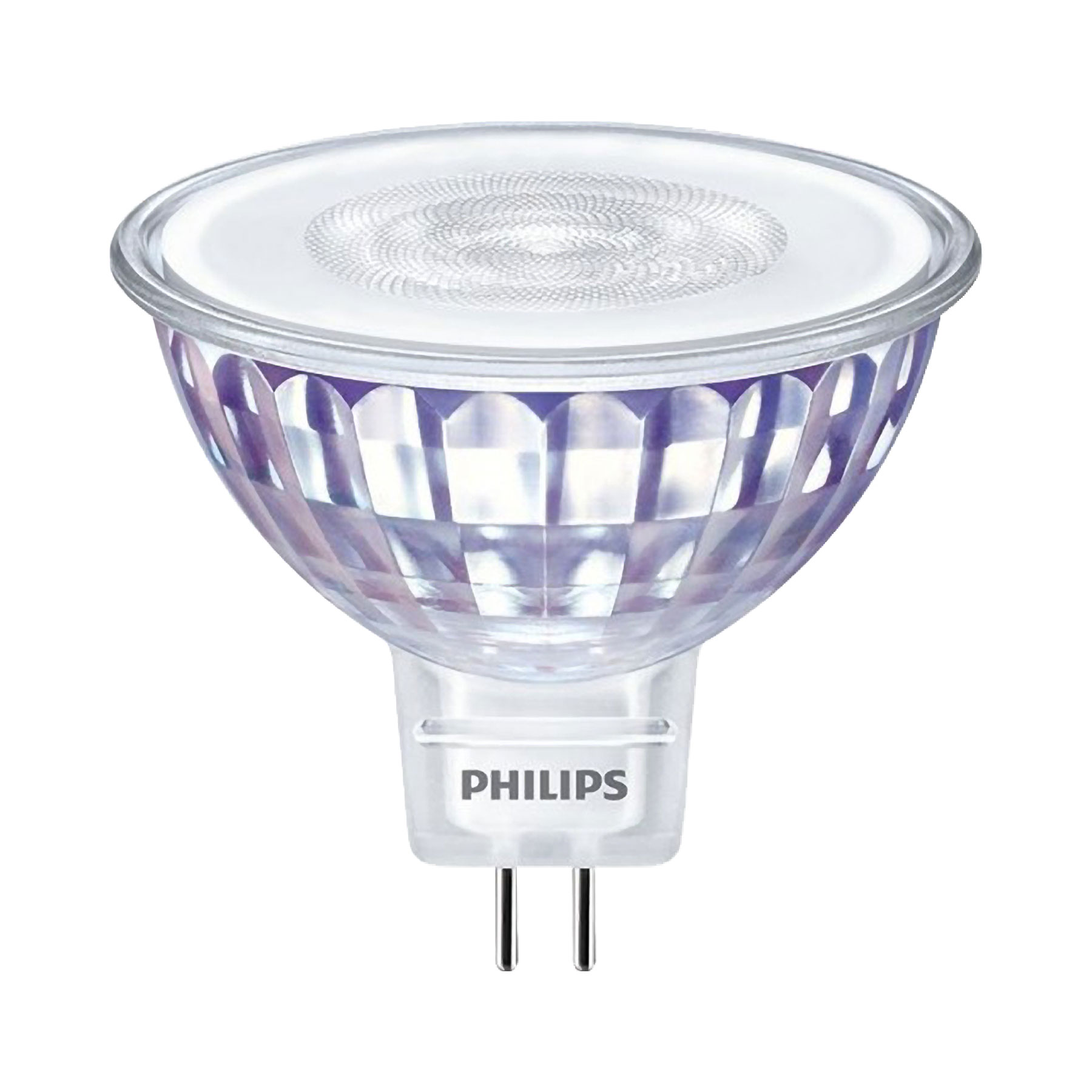

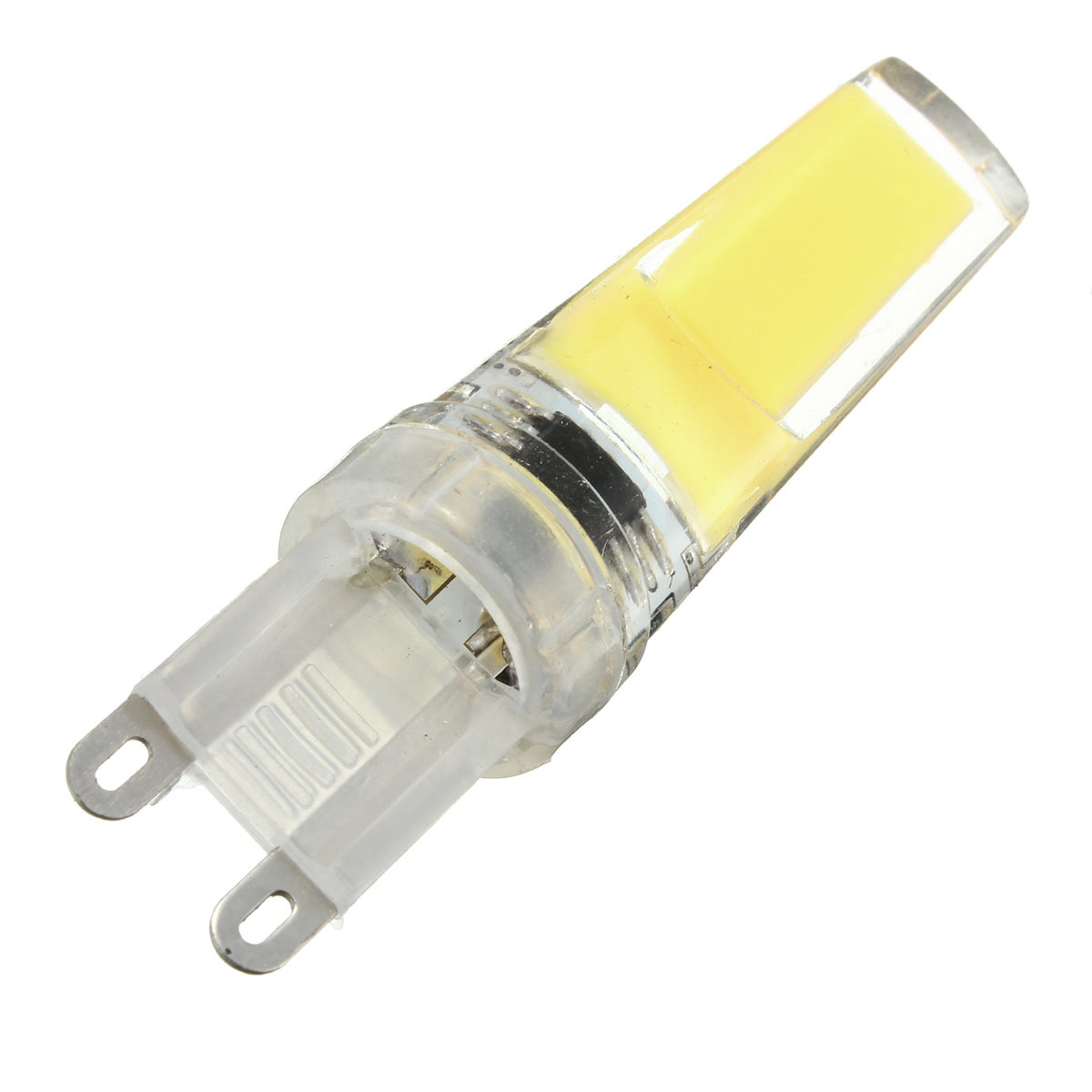
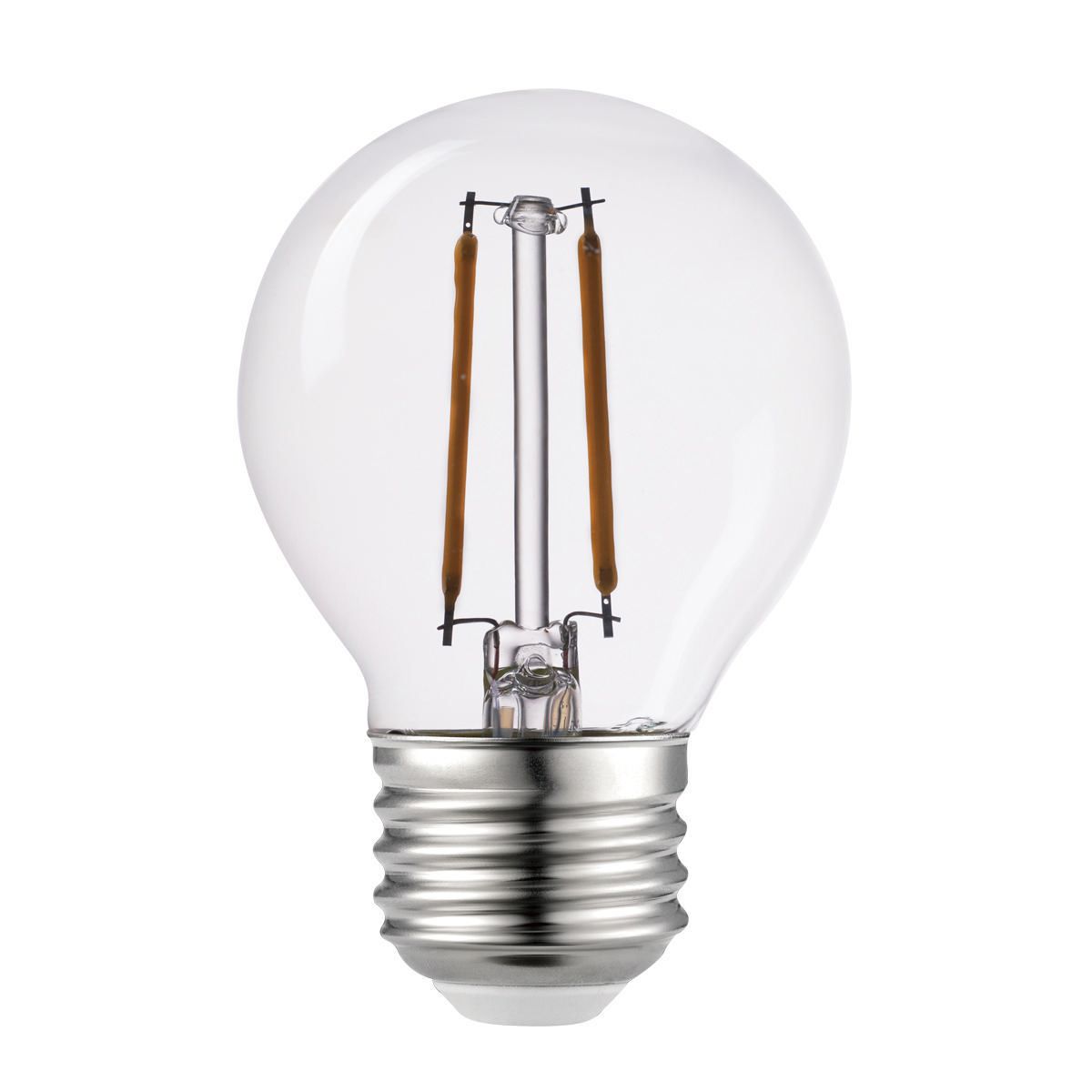
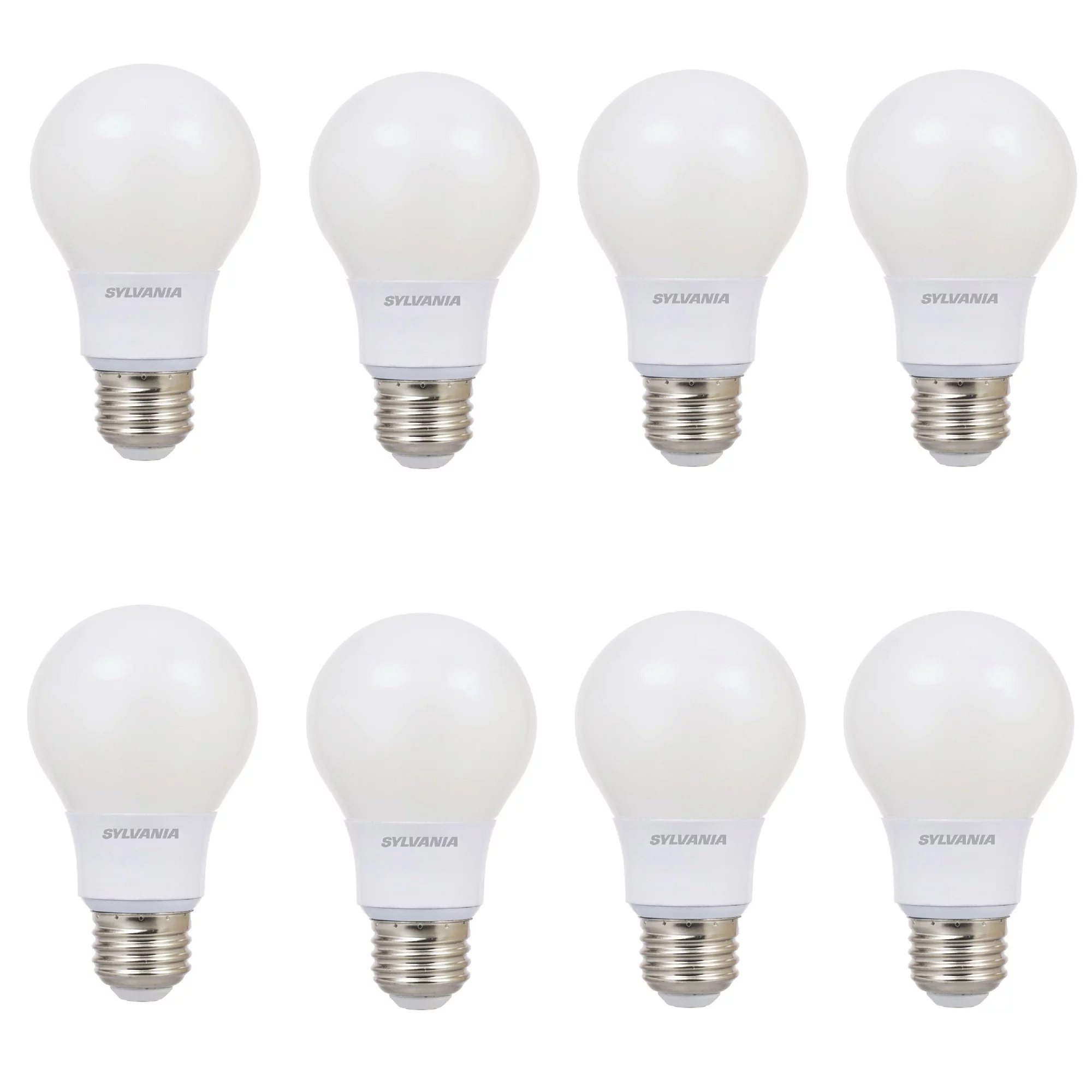
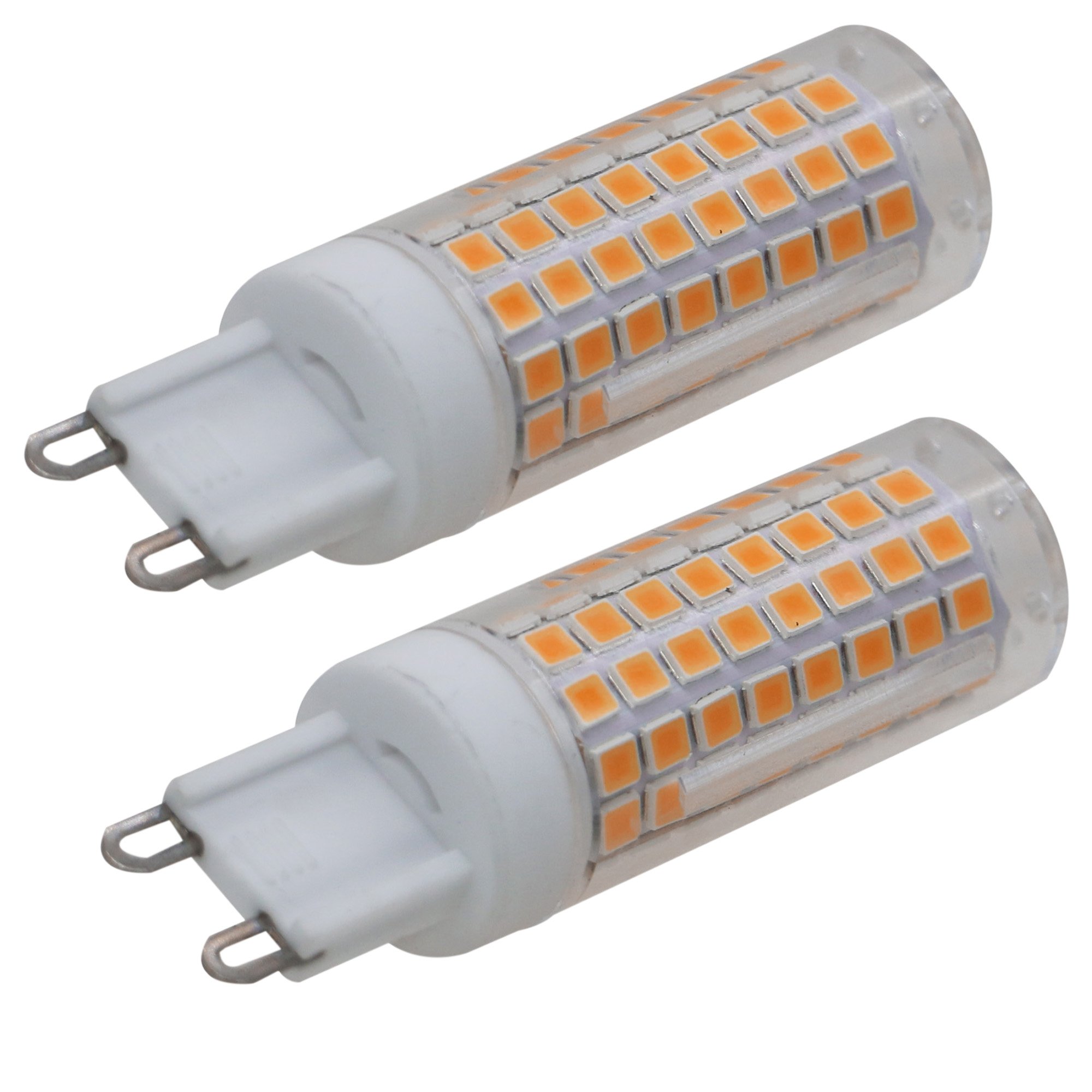
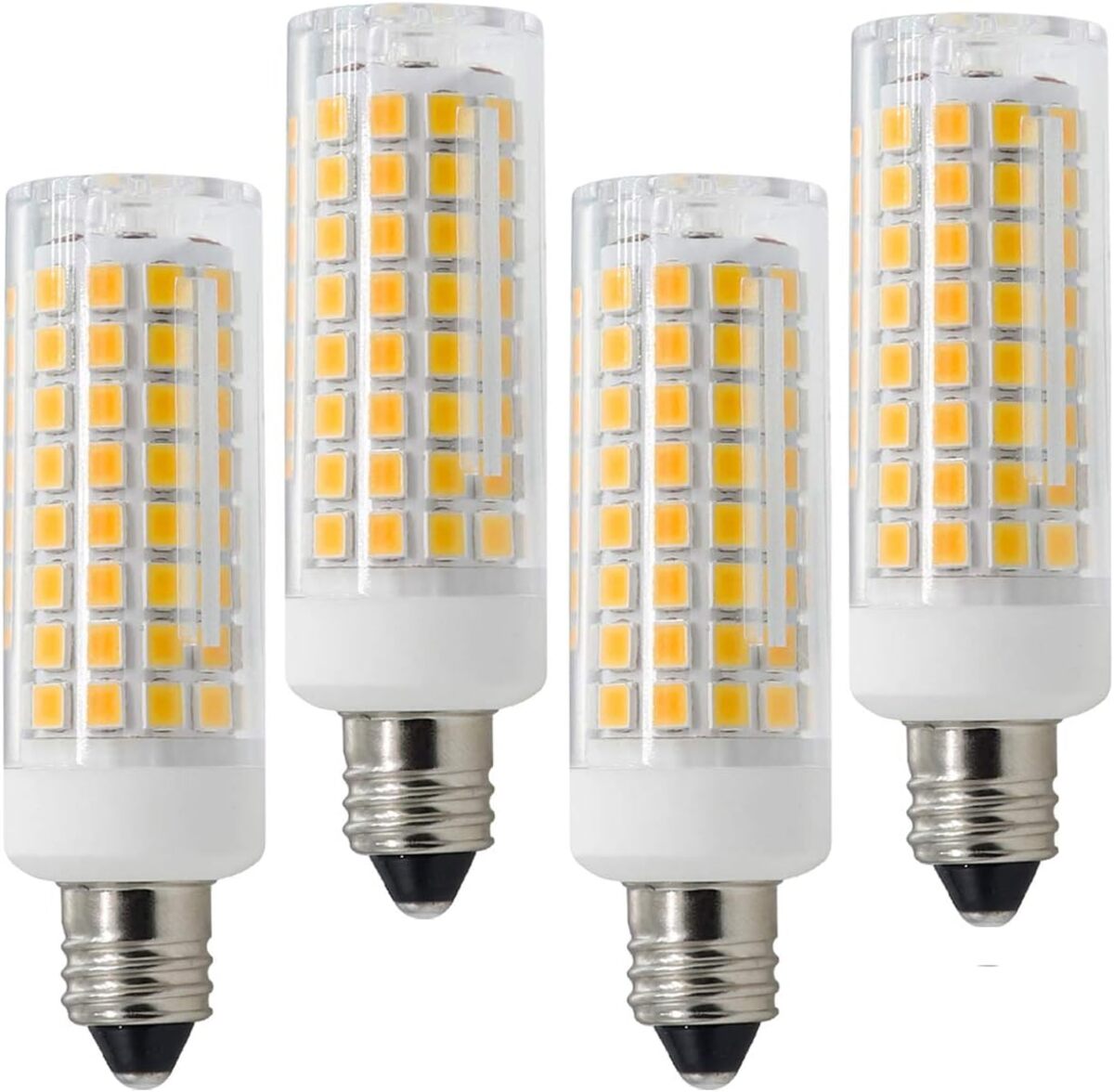

0 thoughts on “How To Tell If An LED Bulb Is Dimmable”